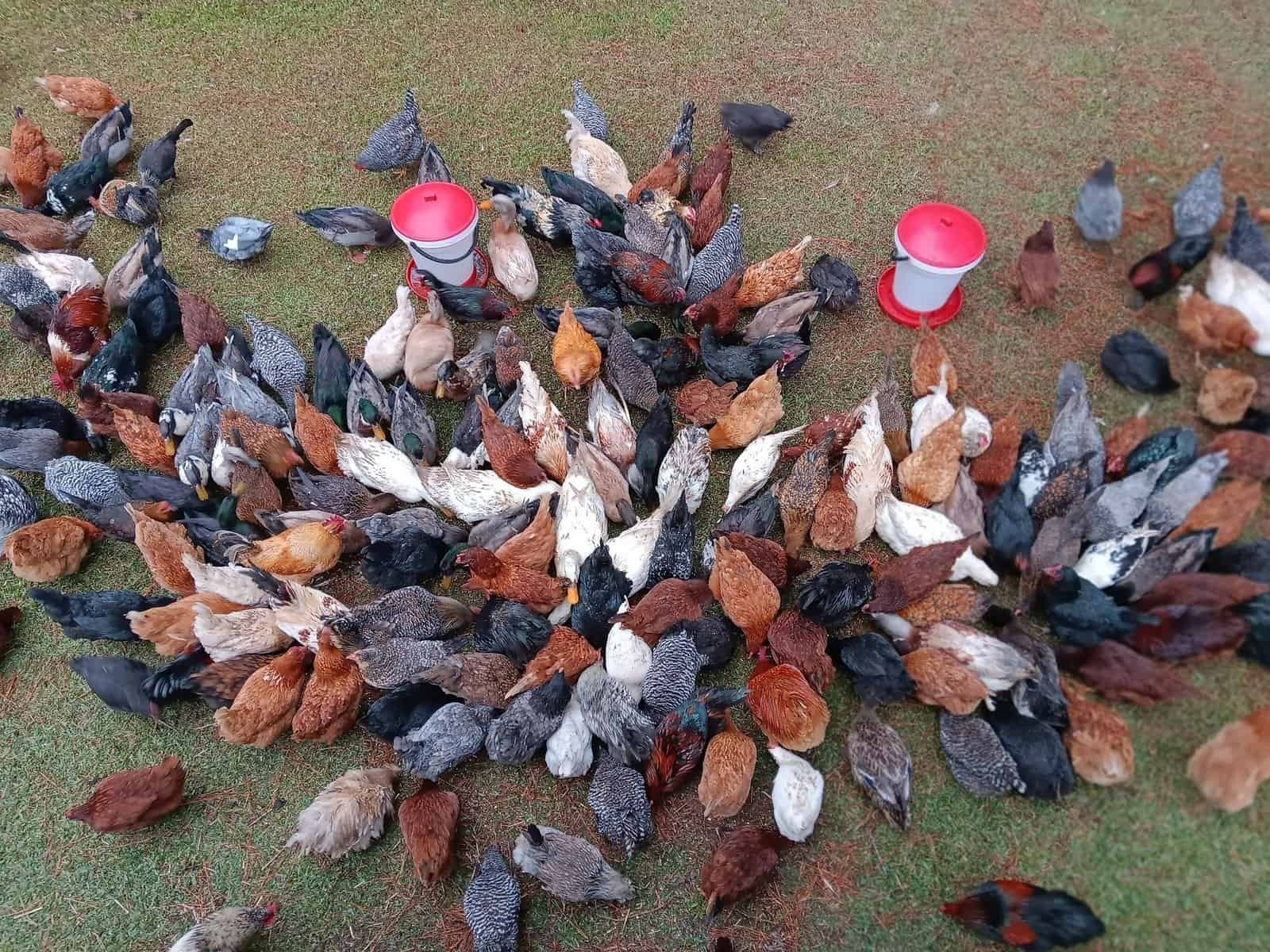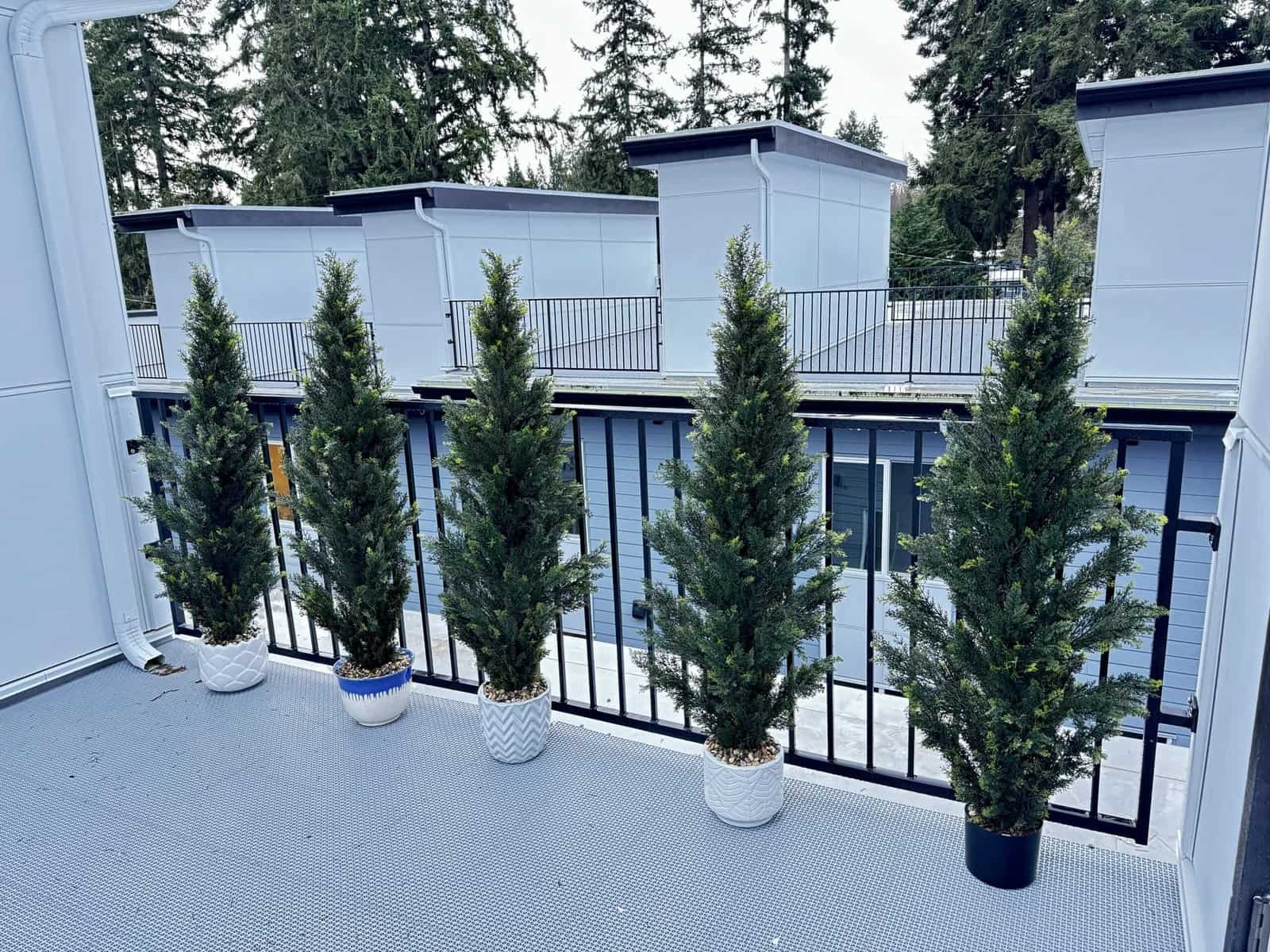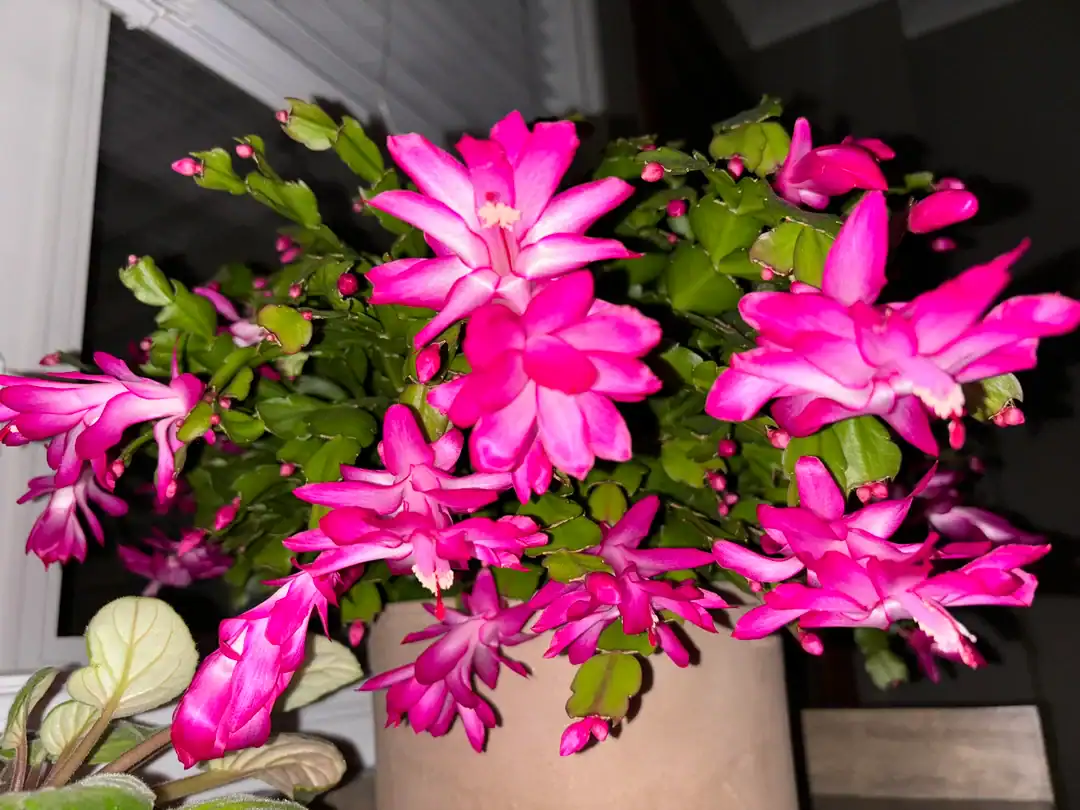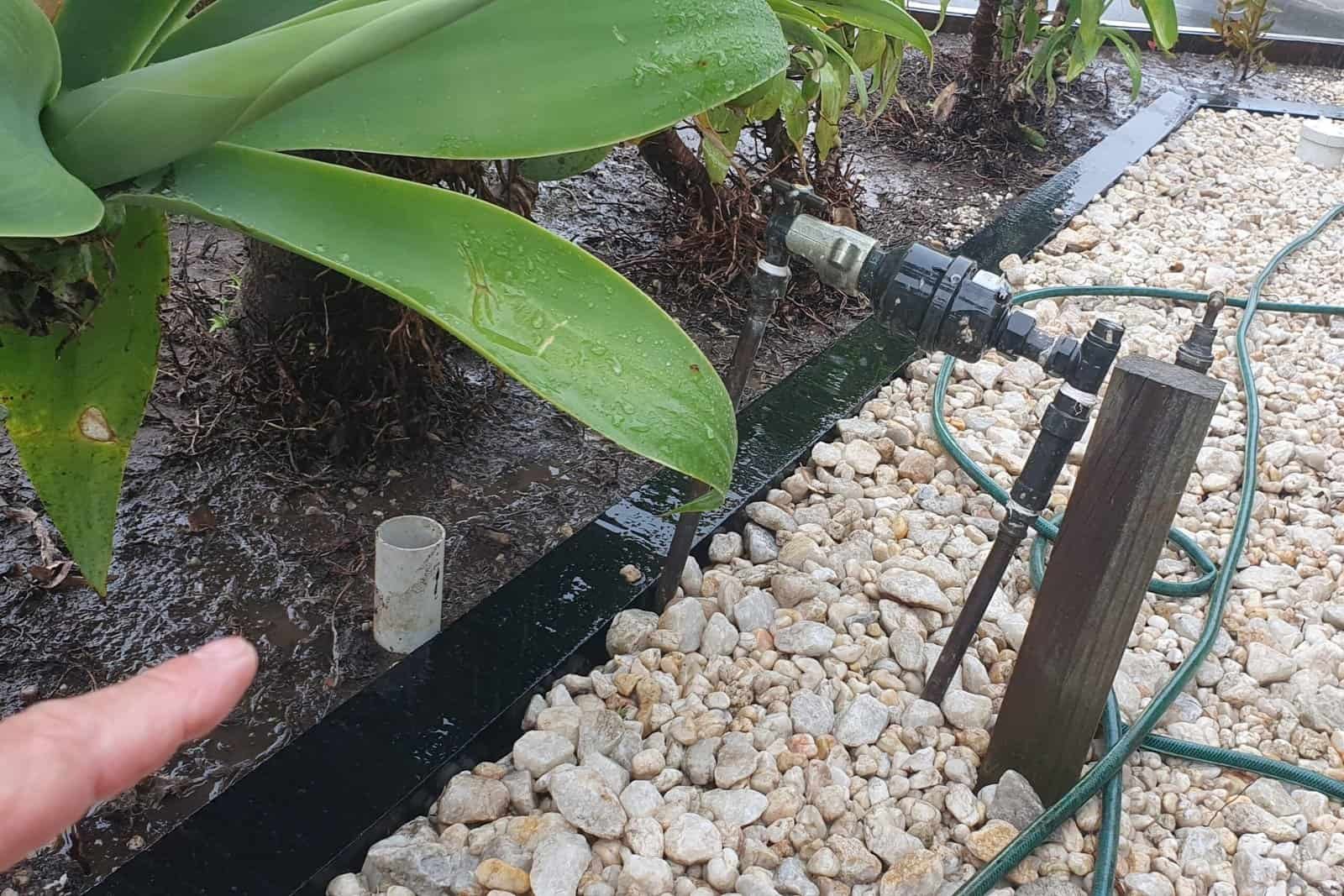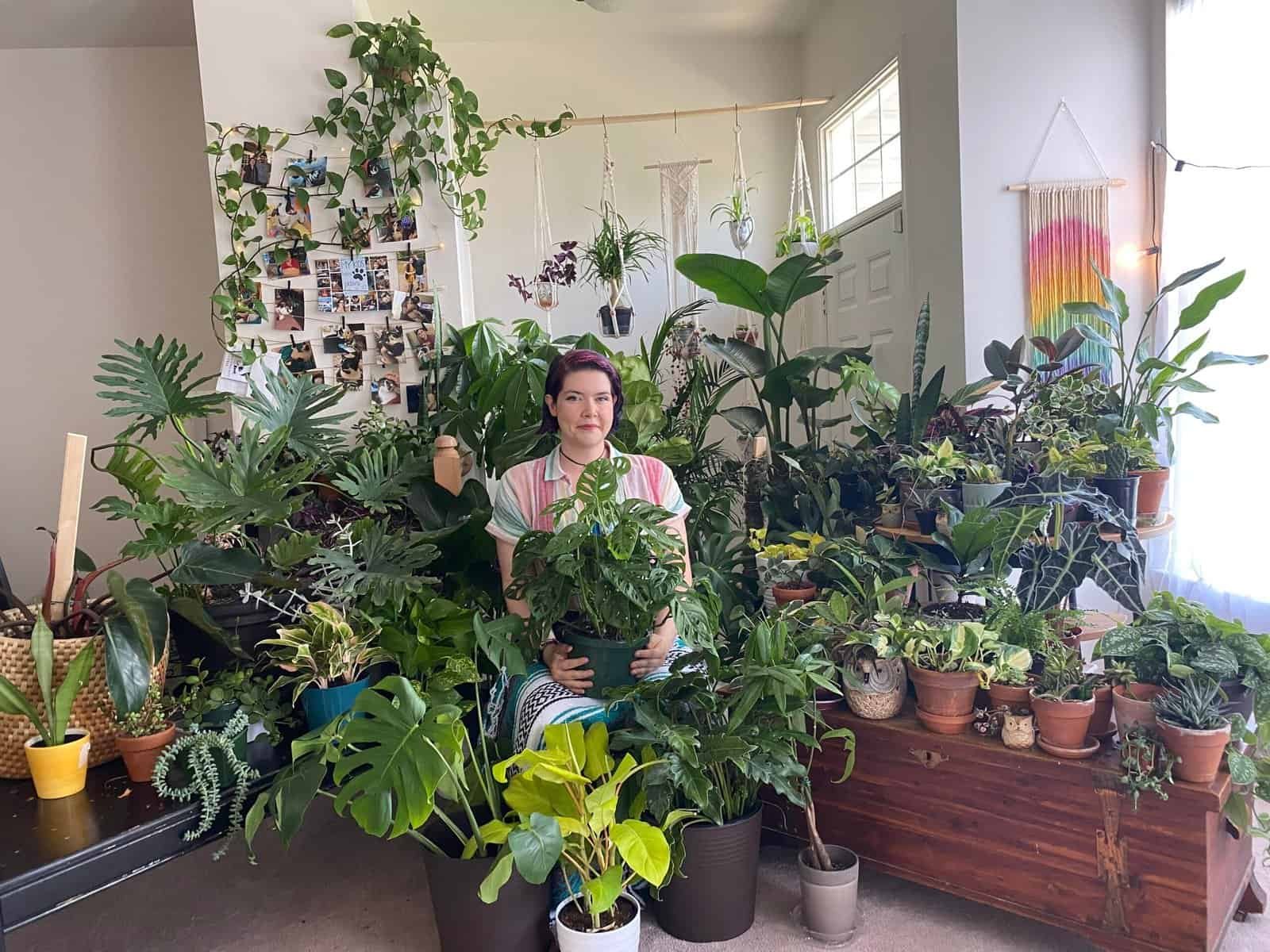Are you looking for plants that bring bees, butterflies, and hummingbirds to your garden? Choosing the right ones can feel tricky sometimes. In my own yard, I have 13 types of salvia that pollinators absolutely love.
In this blog, I’ll share these varieties and how they can make a difference. Let’s get started on turning your backyard into a lively haven!
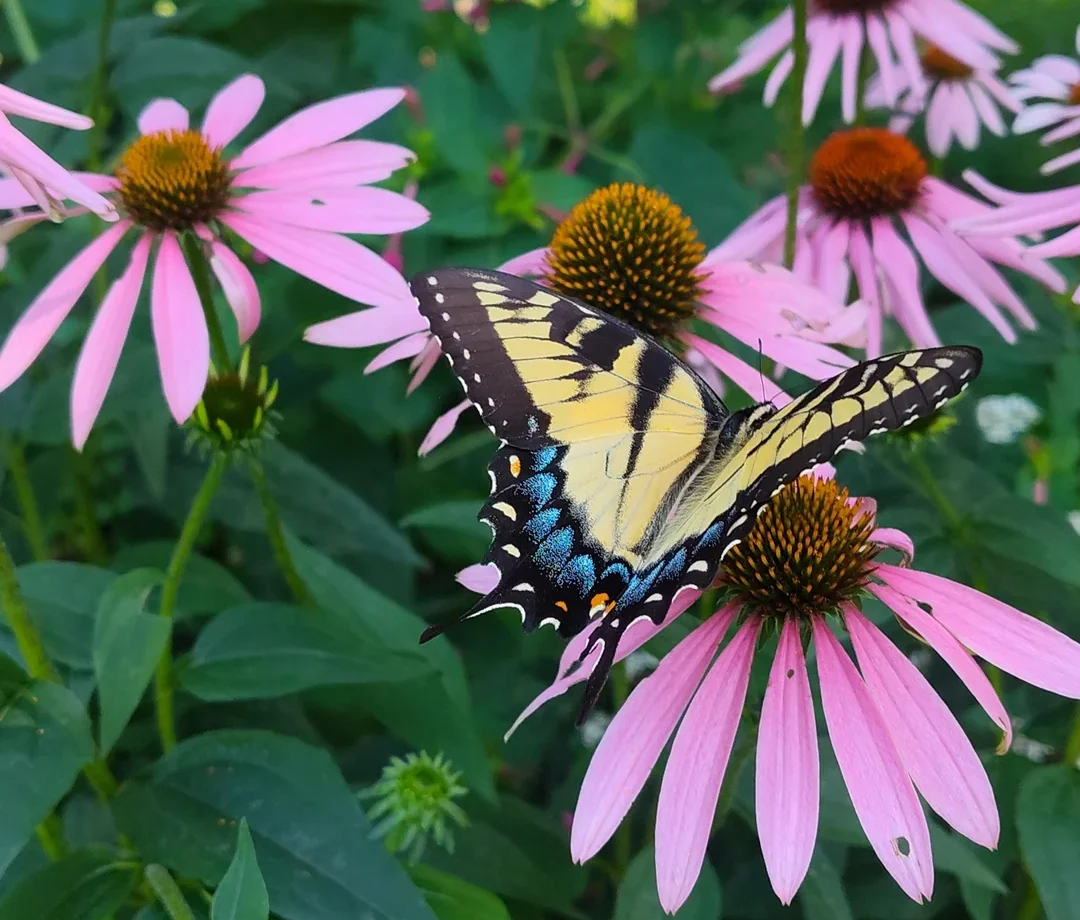
Contents
- 1 13 varieties in backyard pollinator garden
- 1.1 Salvia Amante – zone 7-11
- 1.2 Salvia Amistad – zone 8-11
- 1.3 Salvia Leucantha (Mexican Bush Sage) – zone 8-10
- 1.4 Salvia Leucantha (Mexican Bush Sage “Santa Barbara”) – zone 7-11
- 1.5 Salvia (Hot Lips Salvia microphylla) – zone 7-9
- 1.6 Maraschino Salvia (Bush salvia) – zone 6-10
- 1.7 Mystic Spires Blue – zone 7-10
- 1.8 Salvia Wendy’s Wish – zone 9-11
- 1.9 Salvia Love & Wishes – zone 9-11
- 1.10 Salvia Ember’s Wish – zone 9-10
- 1.11 Salvia Nemorosa (Rose Marvel) – zone 4a-9b
- 1.12 Henry Duelberg Mealy Cup Sage – zone 7-9
- 1.13 Salvia madrensis (Forsythia sage)- zone 7 -11
- 1.14 Salvia Farinacea (Victoria Blue) aka Mealycup Sage – zone 8-10
- 2 Ending
13 varieties in backyard pollinator garden
A backyard pollinator garden can host many beautiful flowers that support bees, butterflies, and hummingbirds. These 13 varieties add color, nectar, and life to your space!
Salvia Amante – zone 7-11
Salvia Amante stands tall, reaching up to 5 feet. It starts blooming in early spring and keeps going until the first frost.
I plant it in full sun with well-draining soil. Drip irrigation works best for healthy growth. This perennial thrives in zones 7 through 11, making it perfect for warm gardens.
Salvia Amistad – zone 8-11
I grow Salvia Amistad in my garden for its tall height and striking color. It reaches up to 5 feet with purple flowers on a dark calyx. The blooms fill the garden each summer, attracting bees and butterflies.
This plant thrives in USDA zones 8 through 11. For three summers now, it has returned reliably every year without any trouble. It’s one of my favorite perennials for adding beauty and life to the pollinator garden.
Salvia Leucantha (Mexican Bush Sage) – zone 8-10
Salvia Leucantha grows up to 4 feet tall. Its soft, velvety foliage feels lovely and adds texture to the garden. Striking purple calyxes with white flowers make it a true ornamental beauty.
This perennial thrives in zones 8 through 10. It’s drought-tolerant and great for pollinators like butterflies. I love how it brightens up my landscape design while being low-maintenance!
Salvia Leucantha (Mexican Bush Sage “Santa Barbara”) – zone 7-11
Santa Barbara grows to about 3 feet tall. It is smaller than Amante, Luca, and Amistad. This plant thrives in USDA zones 7 through 11. I see it return each season without fail, making it a great perennial choice.
Its flowers attract pollinators like bees and butterflies. This flowering shrub adds beauty to any pollinator garden. It fits perfectly into garden designs focusing on native plants and wildlife habitats.
Salvia (Hot Lips Salvia microphylla) – zone 7-9
Salvia (Hot Lips Salvia microphylla) stands out with its bright red blooms and sweet smell. These flowers bring life to the garden from early summer through fall. Hummingbirds love this plant, making it a perfect choice for pollinator gardens.
It grows well in USDA zones 7 through 9 and comes back every year. This hardy perennial thrives in vibrant colors that brighten up any space. It’s easy to grow, needs little care, and keeps your yard full of energy all season long!
Maraschino Salvia (Bush salvia) – zone 6-10
I call it “Maroon” in my garden. This hardy perennial thrives in USDA zones 6 to 10. It blooms from early summer through fall, adding bright red flowers to the landscape. Its woody stems grow strong each season.
It survives cold winters by sprouting from the ground or older stems during mild ones. I love how its foliage stays lush while blooming beautifully. This shrub brings pollinators like bees and butterflies, keeping my backyard alive with activity!
Mystic Spires Blue – zone 7-10
Mystic Spires Blue grows well in USDA zones 7 through 10. It reaches about 2 feet tall but sometimes grows taller. My container-grown plant is now in its second year. I pruned it and kept it safe during the winter, which helped a lot.
The one planted in-ground has grown just over 2 feet. It’s starting to bloom beautifully right now. This perennial works great for pollinator gardens or even container gardening with proper care each season!
Salvia Wendy’s Wish – zone 9-11
This plant has bright pink flowers that bloom from spring to fall. The blooms pop out of pinkish-brown buds, making it stand out in any garden.
It grows about 3 feet tall and 3 feet wide. I like to grow mine in a container for easy care and movement. It thrives in USDA zones 9 through 11 and is perfect for pollinator gardens or landscape design.
Salvia Love & Wishes – zone 9-11
Salvia Love & Wishes grows 3 to 4 feet tall and about 3 feet wide. It fits well in small or large garden spaces. The deep purple flowers, paired with a purple calyx, make it an eye-catching plant for any pollinator garden.
It thrives in USDA zones 9 through 11 and handles heat with ease. It’s root hardy down to around 20°F, making it tough and resilient. This flowering plant is also drought-tolerant, beefriendly, and perfect for boosting biodiversity.
Salvia Ember’s Wish – zone 9-10
I plant Salvia Ember’s Wish in my garden for its coral-colored flowers. It grows well in USDA zones 9 through 10. This perennial adds bright color to the landscape and attracts pollinators like bees and butterflies.
Its blooms are more abundant if bought during winter. I give each plant plenty of space so it can grow freely. Caring for it is simple, just like other wish salvias.
Salvia Nemorosa (Rose Marvel) – zone 4a-9b
Salvia Nemorosa (Rose Marvel) grows 10 to 12 inches tall and wide. It is hardy from zones 4a to 9b, making it perfect for various climates. The bright blooms stand out in any garden.
I like using it along the edge of new beds for a neat border look.
This perennial works well with drift planting because its flowers create a soft, flowing effect. It’s also great as a replacement for Purple Salvia Neosa. Pollinators love this plant, so adding it boosts life in the landscape while keeping things ornamental!
Henry Duelberg Mealy Cup Sage – zone 7-9
Henry Duelberg Mealy Cup Sage grows 2 to 3 feet tall and spreads about 3 feet wide. It shows off dark blue or purple flower spikes from spring through fall, adding bold color to a backyard garden.
This sage is native to Texas and was first found in a cemetery there. It survives cold weather down to zone 7, around 0-10°F. I like how it attracts pollinators while staying drought-tolerant and ornamental for landscaping needs.
Salvia madrensis (Forsythia sage)- zone 7 -11
I grow Salvia madrensis in my shade garden. This perennial blooms from fall to winter with tall, buttery yellow spikes that can reach 2 feet long. Its large, textured leaves add beauty even before the flowers appear.
It thrives in USDA zones 7 through 11 and attracts hummingbirds during cooler months. I love how it brightens shady spots while needing little care. This plant is a perfect addition to any wildlife or pollinator garden.
Salvia Farinacea (Victoria Blue) aka Mealycup Sage – zone 8-10
Salvia Farinacea, also called Victoria Blue or Mealycup Sage, grows strong in my garden. It thrives even in poor drainage spots and reaches over 2 feet tall, though it’s listed to grow up to 18 inches.
This is its fourth year blooming here, showing off vibrant blue flowers that attract pollinators like bees and butterflies.
It self-seeds well and sometimes surprises me with white blooms. Perfect for USDA zones 8 through 10, it adds color while resisting drought conditions. It’s a reliable perennial for landscaping and fits beautifully among other plants in my backyard pollinator garden.
Ending
I am trying out seeding more salvias directly into the garden this year. Starting indoors takes time, and I want to see how they handle Texas Gulf Coast weather. Hot days, rainy spells, and clay soil can be tough.
Do you grow Salvias in similar conditions? If so, please share what works for you. I’m on the lookout for varieties that love heat and humidity but can also thrive in heavy clay soil without much fuss.

